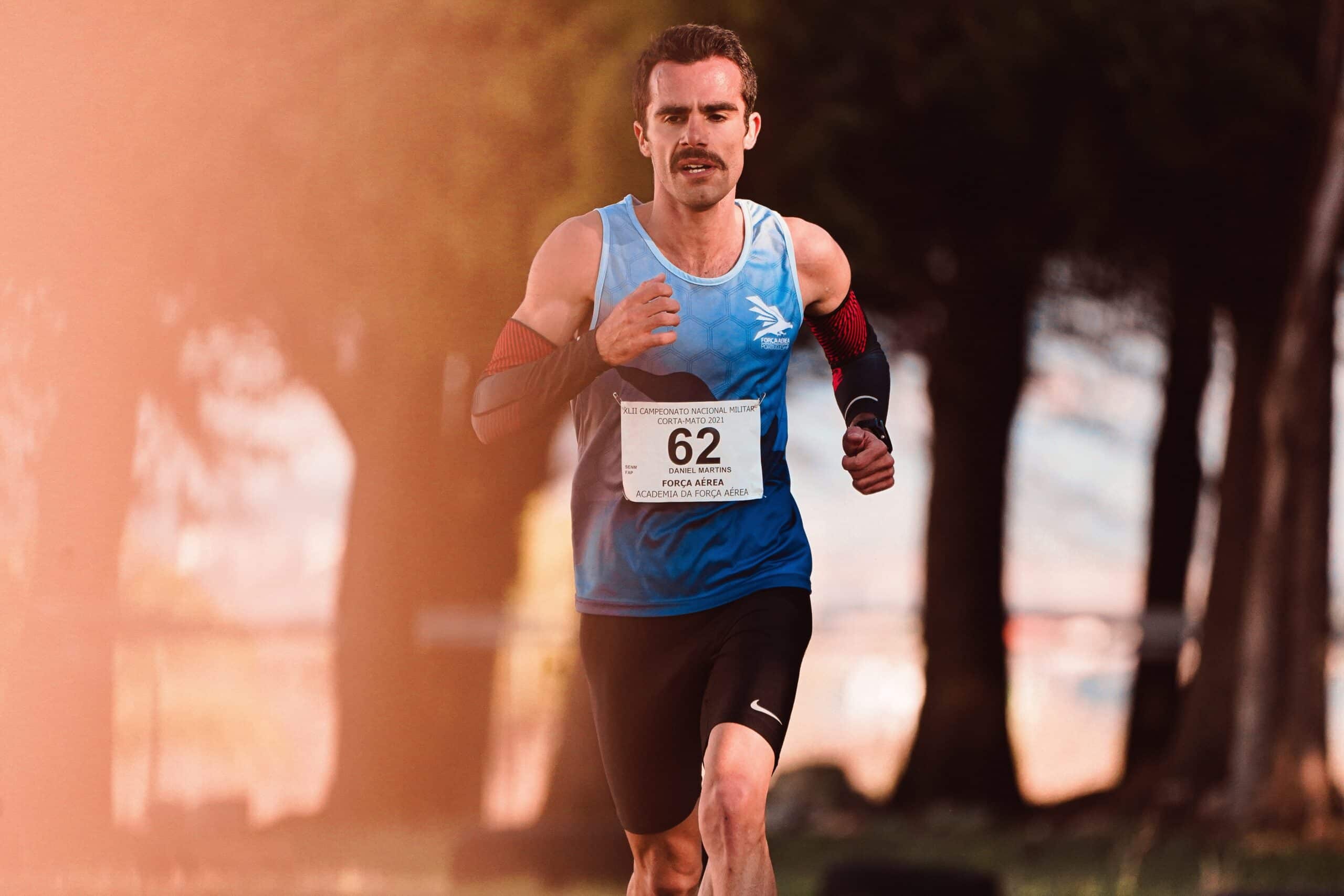Why Develop Running Shorts for Hot Humid Weather
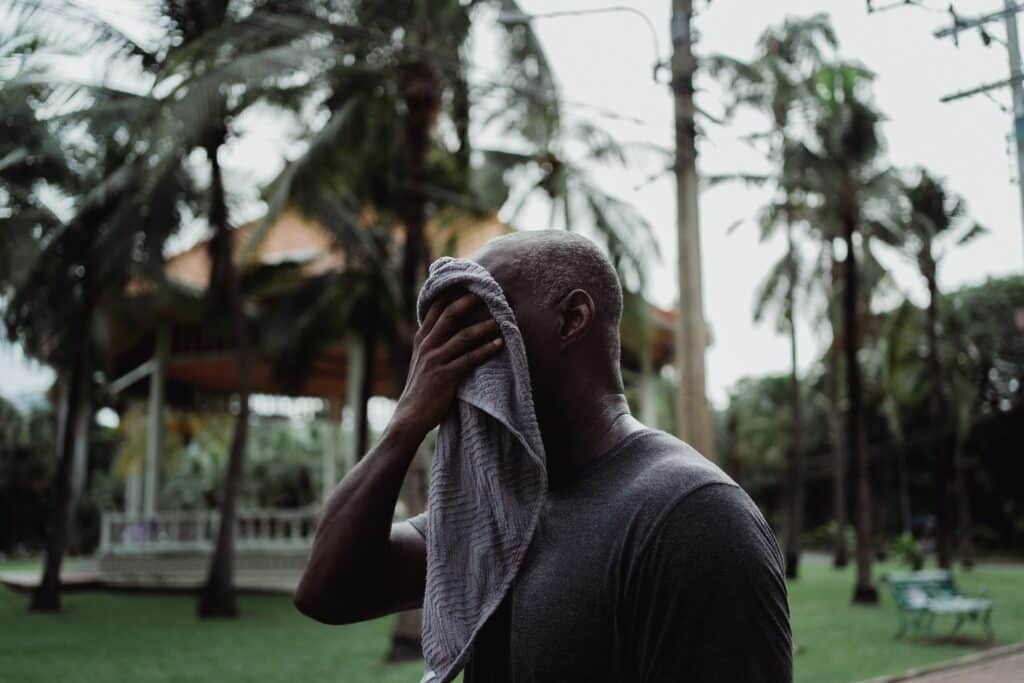
I don’t like polyester and rayon running shorts.
One of the biggest reasons I don’t like polyester or most synthetic rayons is because as soon as they touch my skin I feel hotter than I do in a fiber like cotton, wool or modal.
Modal is a more natural version of rayon. It’s sourced from birchwood or bamboo. Then it’s synthesized into a material that can be turned into cloth.
Polyester and rayon are great in the wintertime. I feel like they do a great job of keeping my body warm and sweat-wicking oftentimes isn’t as important because the air is usually a little bit drier.
Since I live in a climate that is very humid, Taiwan and grew up in a climate that was slightly less humid, Virginia, I feel like synthetics have done a major disservice for athletic pursuits.
Playing basketball, American football, soccer, lacrosse, rugby or any other sport where you are practicing in the summertime with hot or humid conditions, it’s very important to stay as cool as possible. Polyester does not provide that cooling effect. In my opinion, it exacerbates the overheating of many athletes.
Most poly blends are derived from a form of petroleum. Petroleum does not mix well with water. Therefore whenever you hear the word sweat-wicking to describe athletic clothing and what it can do for athletes you’re really just hearing the natural properties of petroleum based plastics.
They have very low absorption rates of water. Therefore, on a dry day 30-50% humidity, you can be sure that the sweat or water will be relieved from the clothing quicker than a material that absorbs moisture more readily. But this is just simply because the clothing doesn’t absorb water very quickly.
Once polyester clothing is fully saturated it is very difficult to get the moisture out. That’s why hot humid conditions are not the best for polyester clothing.
The Alternatives: More natural fibers
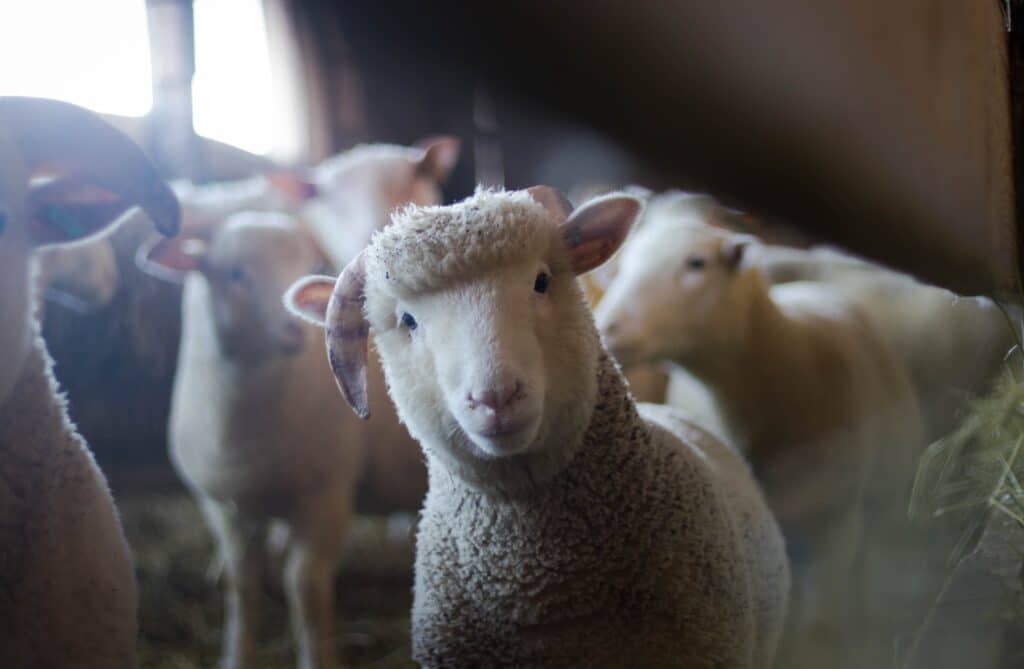
There are many natural fibers that help us to regulate body heat more efficiently.
Various types of wool absorb water at temperatures over 75 degrees Fahrenheit while repelling water at temperatures under 75 degrees.
My personal experience with wool is anecdotal, but it gives a good example of how well wool works in both hot and cold conditions.
When I was 8 years old, my mother bought me a thickly woven wool trench coat. We were attending events that required me to wear a suit. And for the next 2 winters, I loved wearing that coat. My mother would remind me to take it off when I went inside so that my body didn’t regulate my internal temperature to wearing a heavy wool overcoat.
The coat did have a thin lining of polyester to keep the inside smooth and more comfortable than the scratchy wool. And all I remember is feeling really warm when I wore this wool overcoat.
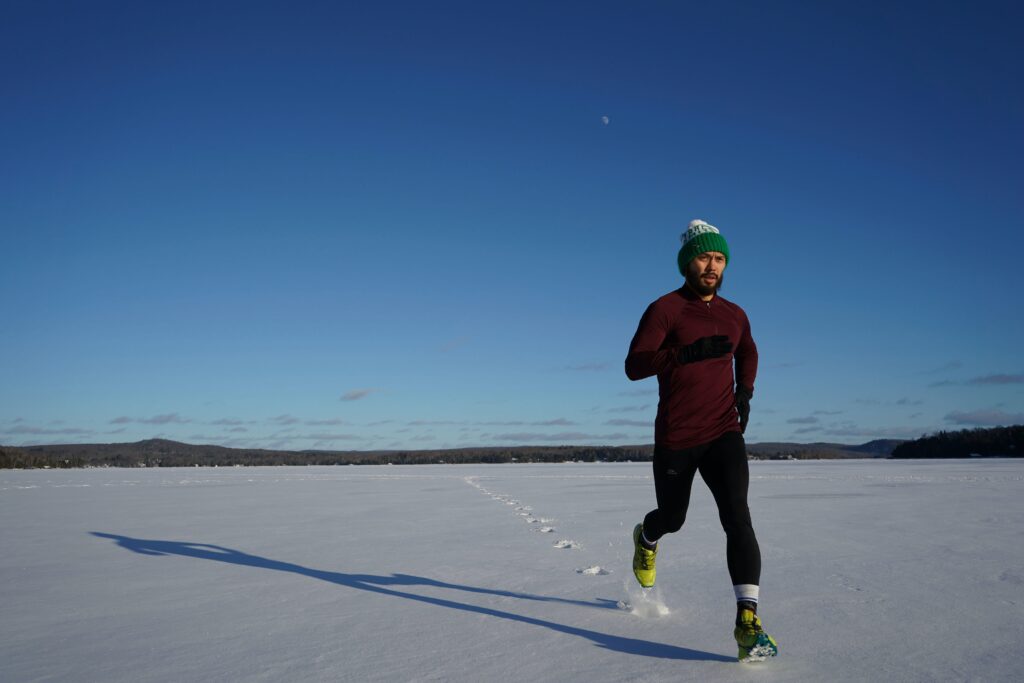
My mind associated wool with winter. As time passed and we began going on ski trips, I remember merino wool being the most fashionable inner liner. My mother and father were all about getting some.
At the time, a thin, merino wool liner cost about $80 USD. Not super expensive, but not cheap. But the best part about it was that it did not itch and it felt so warm when I wore it.
Again, my mind was focused on wool equaling warmth.
Then, when I was 24, I bough my first high end wool suit. The kind that has a super high thread count, and would cost you a minimum of $1000 USD to buy. I wanted to look good at work and I wanted the durability of fine wool. I bought two wool suits in the spring. Then, July hit. Summers in the Washington D.C. area can get really hot. Some days will get to over 100 degrees Fahrenheit.
I rolled down the windows while driving my car, in 100 degree temperatures wearing a short sleeve dress shirt, an undershirt, underwear, and the pants of one of my wool suits. I had less leg and butt sweat while wearing those high-end wool pants than I did with cotton, linen, polyester, or rayon pants.
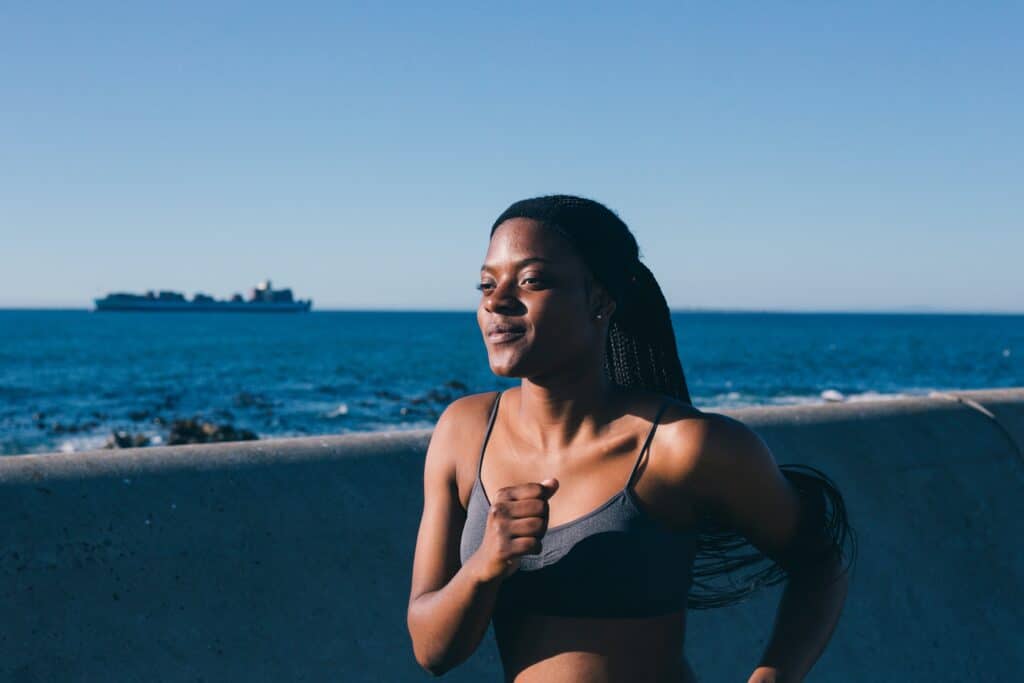
This showed me that wool can work in summer, even in hot humid weather.
Again, this is no measure of determining whether wool will actually work for running shorts. But here is what I have got so far.
- How I plan on creating something that is more accommodating on our skin and keeps us cooler.
- Structural athletic shorts.
- I have different designs that will hopefully provide a greater amount of airflow to increase the cooling effects I desire on the skin.
The Plan for Developing Better Airflow with Running Shorts
This is how I plan on creating a structural form and mixture of materials that are simply better for our skin and overall comfort when we exercise.
- Talk to a material scientist who works with or has an understanding of how fabrics can be structured. There is a huge learning curve that I don’t have the time to spend figuring out exactly what is possible when creating these shorts. So, I am relying on a person that I don’t know to give me low-down on how this will all work.
- After I have been given the understanding of how the shorts can be put together, then I will go after using a manufacture to help me through the ins and outs of testing the material.
- I want the material to be printable, that way the process can be duplicated anywhere. This will allow more flexability in choosing a manufacturer.
- I will give proposals for at least 3 different designs to test.
- Then, I will test all 3 personally in hot humid conditions.
- After this, I will determine each designs viability.
- I will have a test batch created so that I can send it to professional runners and triathletes to try out. I will give them to long distance and short distance men and women. They will not mention them on social media. They will provide feed back, I want the negatives.
- When I get the athletes feed back, I will go back and address the issues that they had.
The Goal is to Keep Athletes’ Body Temp Cooler
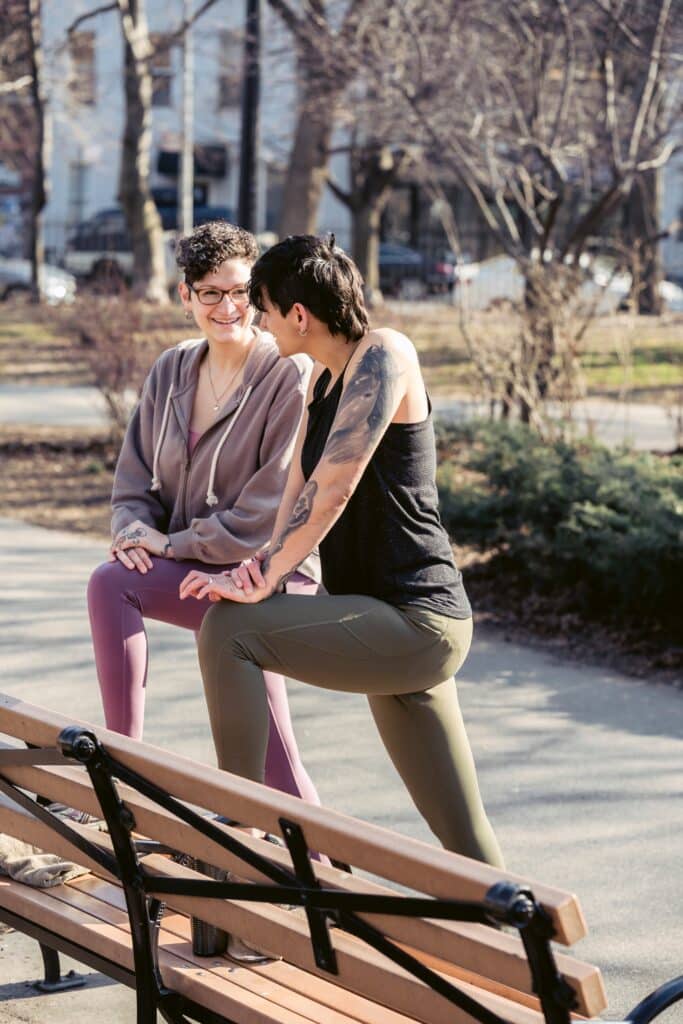
If your body temperature can stay cooler and a given pace, you can perform longer or push harder. This crucial during training.
I am not trying to create perfomance racing wear. I am trying to help athletes at the most important time, during training.
If pro athletes can stay cooler and more comfortable during training, then they can perform better when it is time to race. At least that is my humble opinion.

